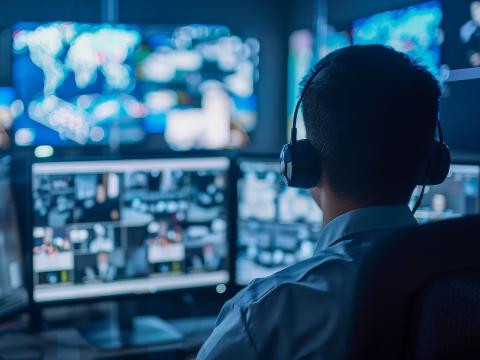China: You Can’t Buy It and Can’t Make It
The People’s Republic of China’s (PRC’s) sustained attempts to steal U.S. technology may yield blueprints that are beyond the country’s manufacturing capabilities. Still, the security risks of an adversary acquiring deep knowledge about a system not only lies in the possibility to copy but also in the development of effective countermeasures.
And these countermeasures may be well within the technical reach of the People’s Liberation Army (PLA).
“If you look at just their demonstrated history of strategic approach, it certainly makes sense for them not necessarily to copy everything we’re doing, but to know what we’re doing and then build asymmetric counters to those systems,” said.
Jake Chapman, managing director at Marque Ventures, a Silicon Valley-based defense venture capital firm.
While many techniques are employed to steal intellectual property (IP) beyond cyber-attacks or social engineering, in Silicon Valley, the face of human intelligence is somewhat more “friendly.”
“It’s kids sent here to go to school, who take jobs in American tech companies and are told they should be exporting IP home, and so, in some ways, it’s more innocent because these are people who are doing their espionage thing as a side hustle, and maybe their families are being threatened. Maybe they’re getting a scholarship, or they’re doing it because the [Chinese] Communist Party is paying for them to go to school here,” Chapman explained.
Human rights organizations as well as law enforcement agencies have documented harassment against the families of PRC citizens living in the United States. This is called transnational repression, according to the FBI.
This practice can be weaponized.
“One of the dangers from China’s industrial espionage is that it reduces uncertainty for them because they have a much better idea of where we are technologically,” Chapman, also a researcher at the RAND Corporation think tank, told SIGNAL Media in an interview.
If the PRC has a better picture of the technologies the United States may employ in a potential conflict, it can adjust its calculation to be better postured.





Comments